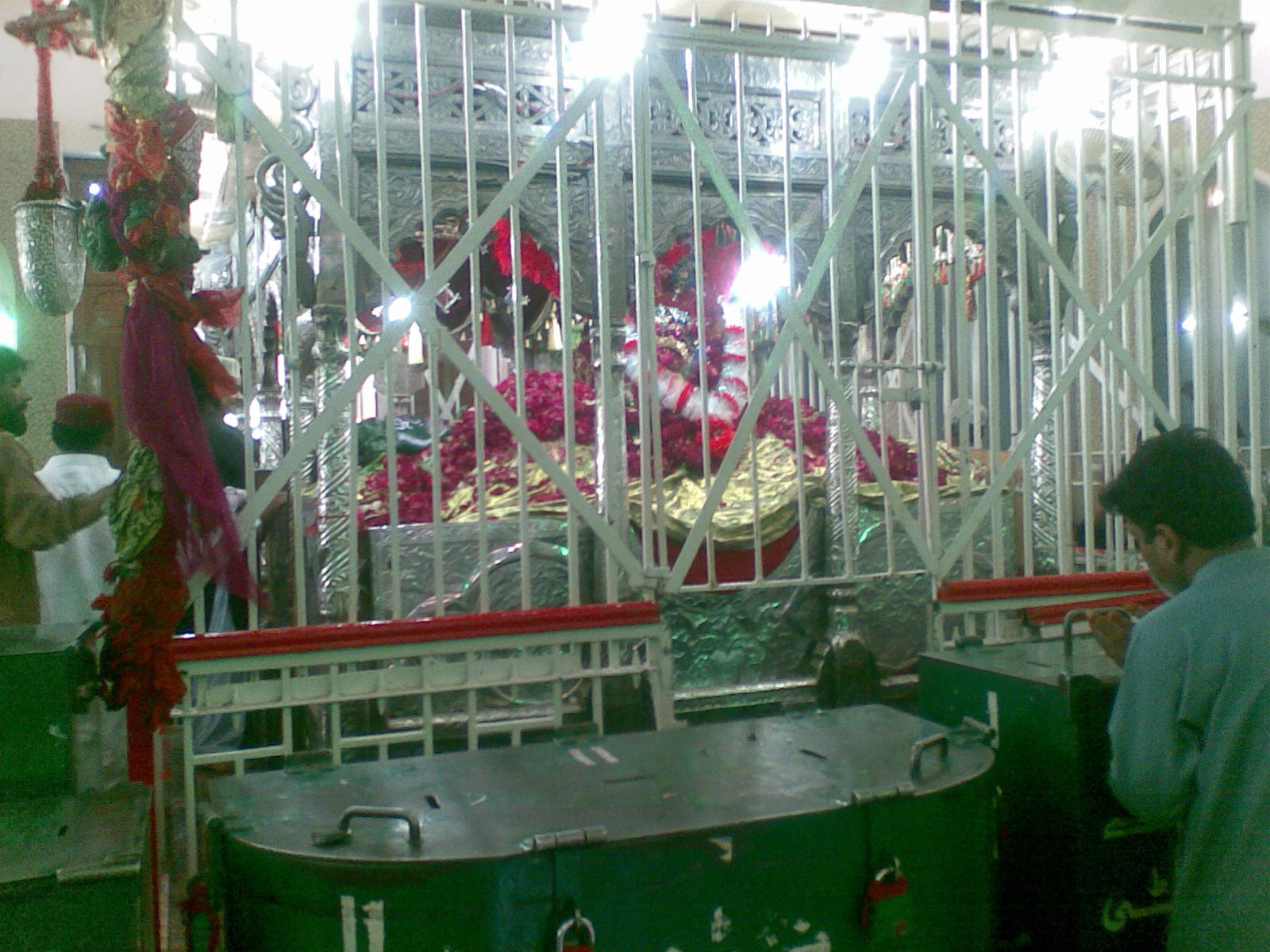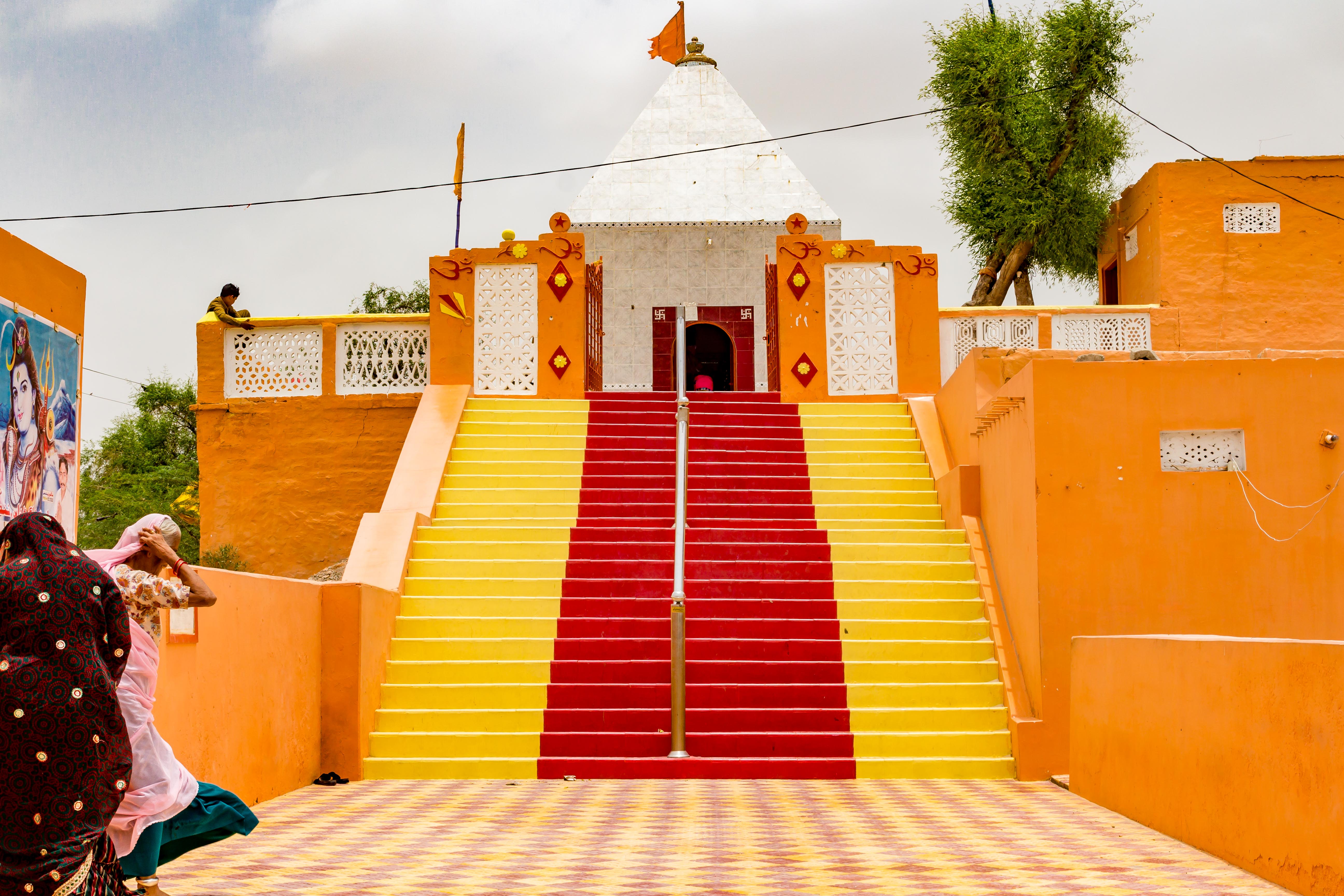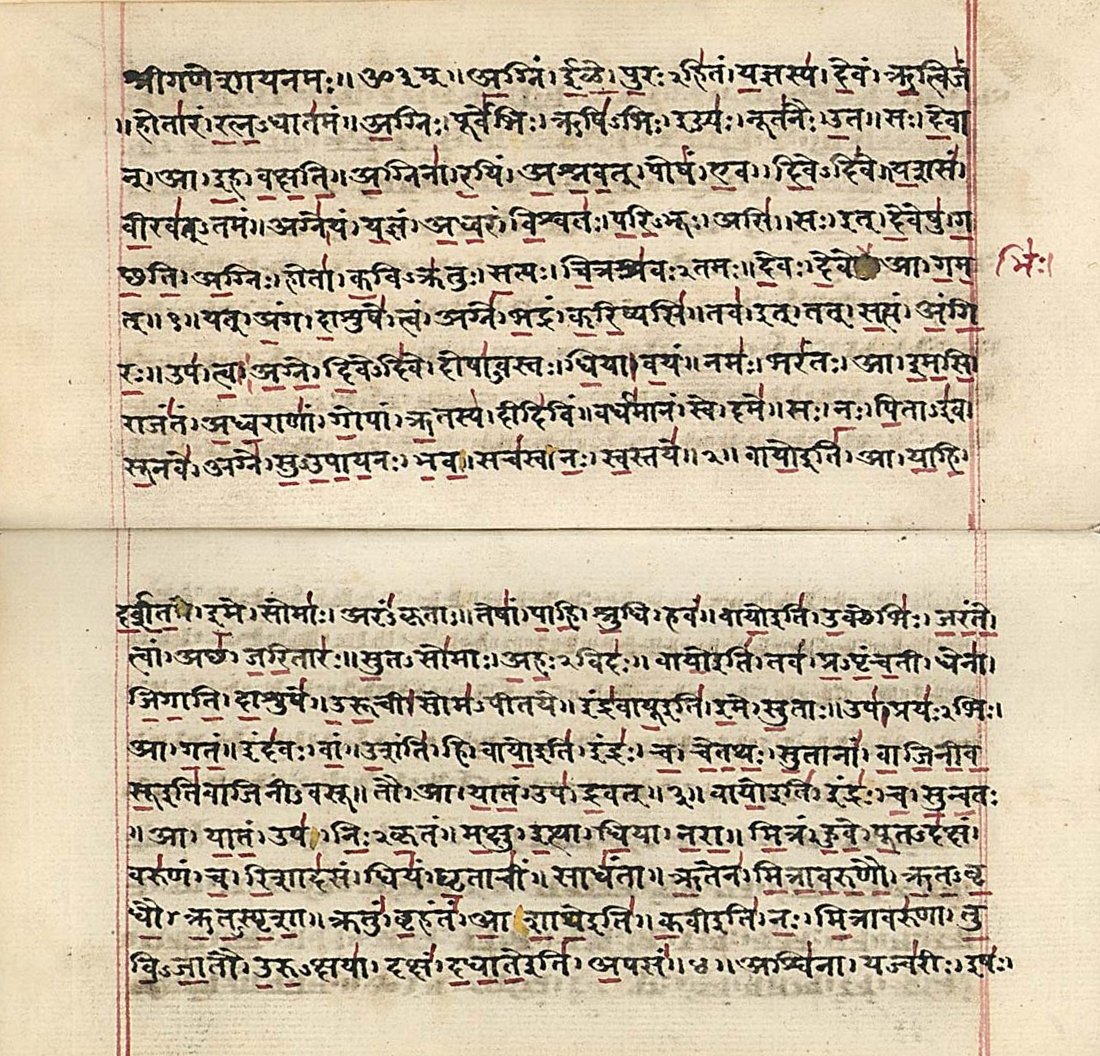|
Sehwan
Sehwan (; ; also commonly referred to as Sehwan Sharif or ''Noble Sehwan'') is a historic city located in Jamshoro District of Sindh province in Pakistan situated on the west bank of the Indus River north-west of Hyderabad. The city is renowned for being the home of one of Pakistan's most important Sufi shrines, the Shrine of Lal Shahbaz Qalandar. The city also holds the status of taluka under the Jamshoro District. It was previously a part of the Dadu District; however, with the establishment of the Jamshoro District, Sehwan became linked with it. Sehwan is among Pakistan's most significant spiritual centers, alongside other revered shrines like the Shrine of Abdullah Shah Ghazi in Karachi, the Data Durbar Complex in Lahore, Bari Imam in Noorpur Shehan near Islamabad, and the magnificent tombs of the Suhrawardi Sufis in Multan. History Sehwan is one of the most ancient places in Sindh. Some historians suggest that this town dates back to the period of Prophet Shees, son ... [...More Info...] [...Related Items...] OR: [Wikipedia] [Google] [Baidu] |
City
A city is a human settlement of notable size.Goodall, B. (1987) ''The Penguin Dictionary of Human Geography''. London: Penguin.Kuper, A. and Kuper, J., eds (1996) ''The Social Science Encyclopedia''. 2nd edition. London: Routledge. It can be defined as a permanent and densely settled place with administratively defined boundaries whose members work primarily on non-agricultural tasks. Cities generally have extensive systems for housing, transportation, sanitation, utilities, land use, production of goods, and communication. Their density facilitates interaction between people, government organisations and businesses, sometimes benefiting different parties in the process, such as improving efficiency of goods and service distribution. Historically, city-dwellers have been a small proportion of humanity overall, but following two centuries of unprecedented and rapid urbanization, more than half of the world population now lives in cities, which has had profound consequ ... [...More Info...] [...Related Items...] OR: [Wikipedia] [Google] [Baidu] |
Multan
Multan (; ) is a city in Punjab, Pakistan, on the bank of the Chenab River. Multan is Pakistan's seventh largest city as per the 2017 census, and the major cultural, religious and economic centre of southern Punjab. Multan is one of the oldest continuously inhabited cities in Asia, with a history stretching deep into antiquity. The ancient city was the site of the renowned Multan Sun Temple, and was besieged by Alexander the Great during the Mallian Campaign. A historic cultural centre of the wider Punjab, it was conquered by the Ummayad military commander Muhammad bin Qasim. The city later became independent as the capital of the Emirate of Multan in 855 A.D., before subsequently coming under the rule of empires such as the Ghaznavids, the Ghurids and the Mamluks. In 1445, it became capital of the Langah Sultanate. In 1526, it was conquered by the Mughal Empire. Multan Subah would become one of the largest provinces of the Mughal Empire when it was created by administrative r ... [...More Info...] [...Related Items...] OR: [Wikipedia] [Google] [Baidu] |
Akbar
Abu'l-Fath Jalal-ud-din Muhammad Akbar (25 October 1542 – 27 October 1605), popularly known as Akbar the Great ( fa, ), and also as Akbar I (), was the third Mughal emperor, who reigned from 1556 to 1605. Akbar succeeded his father, Humayun, under a regent, Bairam Khan, who helped the young emperor expand and consolidate Mughal domains in India. A strong personality and a successful general, Akbar gradually enlarged the Mughal Empire to include much of the Indian subcontinent. His power and influence, however, extended over the entire subcontinent because of Mughal military, political, cultural, and economic dominance. To unify the vast Mughal state, Akbar established a centralised system of administration throughout his empire and adopted a policy of conciliating conquered rulers through marriage and diplomacy. To preserve peace and order in a religiously and culturally diverse empire, he adopted policies that won him the support of his non-Muslim subjects. Eschewin ... [...More Info...] [...Related Items...] OR: [Wikipedia] [Google] [Baidu] |
Umarkot
Umerkot (formerly known as Amarkot) is a city in the Sindh province of Pakistan. The local language is Dhatki, which is one of the Rajasthani languages of the Indo-Aryan language family. It is most closely related to Marwari. Sindhi, Urdu and Punjabi are also understood by the citizens. Etymology The name of the city is named after a local Ruler of Sindh Umer Soomro of the Umar Marvi story which also appears in '' Shah Jo Risalo'' and is one of the popular tragic romances from Sindh. However, the myth of Umer Marvi is believed to have been made up to islamise the history of Amarkot which was named after its original founder, Amar Singh. History Amarkot province was ruled by the Sodha Rajput clan of Hindu Rajputs during the medieval time period. Rana Parshad, the Sodha Rajput ruler of Umarkot, gave refuge to Humayun, the second Mughal Emperor when he was ousted by Sher Shah Suri, and next Mughal Emperor, Akbar was born here. Later on, Akbar brought northwestern India, i ... [...More Info...] [...Related Items...] OR: [Wikipedia] [Google] [Baidu] |
Humayun
Nasir-ud-Din Muhammad ( fa, ) (; 6 March 1508 – 27 January 1556), better known by his regnal name, Humāyūn; (), was the second emperor of the Mughal Empire, who ruled over territory in what is now Eastern Afghanistan, Pakistan, Northern India, and Bangladesh from 1530 to 1540 and again from 1555 to 1556. Like his father, Babur, he lost his empire early but regained it with the aid of the Safavid dynasty of Persia, with additional territory. At the time of his death in 1556, the Mughal Empire spanned almost one million square kilometres. In December 1530, Humayun succeeded his father to the throne of Delhi as ruler of the Mughal territories in the Indian subcontinent. Humayun was an inexperienced ruler when he came to power, at the age of 22. His half-brother Kamran Mirza inherited Kabul and Kandahar, the northernmost parts of their father's empire. The two half-brothers would become bitter rivals. Humayun lost Mughal territories to Sher Shah Suri, but regained them ... [...More Info...] [...Related Items...] OR: [Wikipedia] [Google] [Baidu] |
Mughal Empire
The Mughal Empire was an early-modern empire that controlled much of South Asia between the 16th and 19th centuries. Quote: "Although the first two Timurid emperors and many of their noblemen were recent migrants to the subcontinent, the dynasty and the empire itself became indisputably Indian. The interests and futures of all concerned were in India, not in ancestral homelands in the Middle East or Central Asia. Furthermore, the Mughal empire emerged from the Indian historical experience. It was the end product of a millennium of Muslim conquest, colonization, and state-building in the Indian subcontinent." For some two hundred years, the empire stretched from the outer fringes of the Indus river basin in the west, northern Afghanistan in the northwest, and Kashmir in the north, to the highlands of present-day Assam and Bangladesh in the east, and the uplands of the Deccan Plateau in South India. Quote: "The realm so defined and governed was a vast territory of some , ra ... [...More Info...] [...Related Items...] OR: [Wikipedia] [Google] [Baidu] |
The New Cambridge History Of India
''The New Cambridge History of India'' is a major multi-volume work of historical scholarship published by Cambridge University Press. It replaced '' The Cambridge History of India'' published between 1922 and 1937. The new history is being published as a series of individual works by single authors and, unlike the original, does not form a connected narrative. Also unlike the original, it only covers the period since the fourteenth century. The whole has been planned over four parts: *Pt. I The Mughals and their Contemporaries. *Pt. II Indian States and the Transition to Colonialism. *Pt. III The Indian Empire and the beginnings of Modern Society. *Pt. IV The Evolution of Contemporary South Asia. Titles The Mughals and their Contemporaries * * * * * * * * Indian States and the Transition to Colonialism * * * * * The Indian Empire and the Beginnings of Modern Society * * * ** Second edition: * * * The Evolution of Contemporary South Asia * * * * See also *Murty Classical Libr ... [...More Info...] [...Related Items...] OR: [Wikipedia] [Google] [Baidu] |
John F
John is a common English name and surname: * John (given name) * John (surname) John may also refer to: New Testament Works * Gospel of John, a title often shortened to John * First Epistle of John, often shortened to 1 John * Second Epistle of John, often shortened to 2 John * Third Epistle of John, often shortened to 3 John People * John the Baptist (died c. AD 30), regarded as a prophet and the forerunner of Jesus Christ * John the Apostle (lived c. AD 30), one of the twelve apostles of Jesus * John the Evangelist, assigned author of the Fourth Gospel, once identified with the Apostle * John of Patmos, also known as John the Divine or John the Revelator, the author of the Book of Revelation, once identified with the Apostle * John the Presbyter, a figure either identified with or distinguished from the Apostle, the Evangelist and John of Patmos Other people with the given name Religious figures * John, father of Andrew the Apostle and Saint Peter * ... [...More Info...] [...Related Items...] OR: [Wikipedia] [Google] [Baidu] |
Mahmud Of Ghazni
Yamīn-ud-Dawla Abul-Qāṣim Maḥmūd ibn Sebüktegīn ( fa, ; 2 November 971 – 30 April 1030), usually known as Mahmud of Ghazni or Mahmud Ghaznavi ( fa, ), was the founder of the Turkic Ghaznavid dynasty, ruling from 998 to 1030. At the time of his death, his kingdom had been transformed into an extensive military empire, which extended from northwestern Iran proper to the Punjab in the Indian subcontinent, Khwarazm in Transoxiana, and Makran. Highly Persianized, Mahmud continued the bureaucratic, political, and cultural customs of his predecessors, the Samanids. He established the ground for a future Persianate state in Punjab, particularly centered on Lahore, a city he conquered. His capital of Ghazni evolved into a significant cultural, commercial, and intellectual centre in the Islamic world, almost rivalling the important city of Baghdad. The capital appealed to many prominent figures, such as al-Biruni and Ferdowsi. Mahmud ascended the throne at the a ... [...More Info...] [...Related Items...] OR: [Wikipedia] [Google] [Baidu] |
Muhammad Bin Qasim
Muḥammad ibn al-Qāsim al-Thaqāfī ( ar, محمد بن القاسم الثقفي; –) was an Arab military commander in service of the Umayyad Caliphate who led the Muslim conquest of Sindh (part of modern Pakistan), inaugurating the Umayyad campaigns in India. His military exploits led to the establishment of the Islamic province of Sindh, and the takeover of the region from the Sindhi Brahman dynasty and its ruler, Raja Dahir, who was subsequently decapitated with his head sent to al-Hajjaj ibn Yusuf in Basra. With the capture of the then-capital of Aror by Arab forces, Muhammad ibn al-Qasim became the first Muslim to have successfully captured land, which marked the beginning of Muslim rule in India. Muhammad ibn al-Qasim belonged to the Banu Thaqif, an Arab tribe that is concentrated around the city of Taif in western Arabia. After the Muslim conquest of Persia, he was assigned as the governor of Fars, likely succeeding his uncle Muhammad ibn Yusuf al-Tha ... [...More Info...] [...Related Items...] OR: [Wikipedia] [Google] [Baidu] |
Alexander The Great
Alexander III of Macedon ( grc, Ἀλέξανδρος, Alexandros; 20/21 July 356 BC – 10/11 June 323 BC), commonly known as Alexander the Great, was a king of the ancient Greek kingdom of Macedon. He succeeded his father Philip II to the throne in 336 BC at the age of 20, and spent most of his ruling years conducting a lengthy military campaign throughout Western Asia and Egypt. By the age of thirty, he had created one of the largest empires in history, stretching from Greece to northwestern India. He was undefeated in battle and is widely considered to be one of history's greatest and most successful military commanders. Until the age of 16, Alexander was tutored by Aristotle. In 335 BC, shortly after his assumption of kingship over Macedon, he campaigned in the Balkans and reasserted control over Thrace and Illyria before marching on the city of Thebes, which was subsequently destroyed in battle. Alexander then led the League of Corinth, and used his author ... [...More Info...] [...Related Items...] OR: [Wikipedia] [Google] [Baidu] |
Sanskrit
Sanskrit (; attributively , ; nominalization, nominally , , ) is a classical language belonging to the Indo-Aryan languages, Indo-Aryan branch of the Indo-European languages. It arose in South Asia after its predecessor languages had Trans-cultural diffusion, diffused there from the northwest in the late Bronze Age#South Asia, Bronze Age. Sanskrit is the sacred language of Hinduism, the language of classical Hindu philosophy, and of historical texts of Buddhism and Jainism. It was a lingua franca, link language in ancient and medieval South Asia, and upon transmission of Hindu and Buddhist culture to Southeast Asia, East Asia and Central Asia in the early medieval era, it became a language of religion and high culture, and of the political elites in some of these regions. As a result, Sanskrit had a lasting impact on the languages of South Asia, Southeast Asia and East Asia, especially in their formal and learned vocabularies. Sanskrit generally connotes several Indo-Aryan lang ... [...More Info...] [...Related Items...] OR: [Wikipedia] [Google] [Baidu] |









